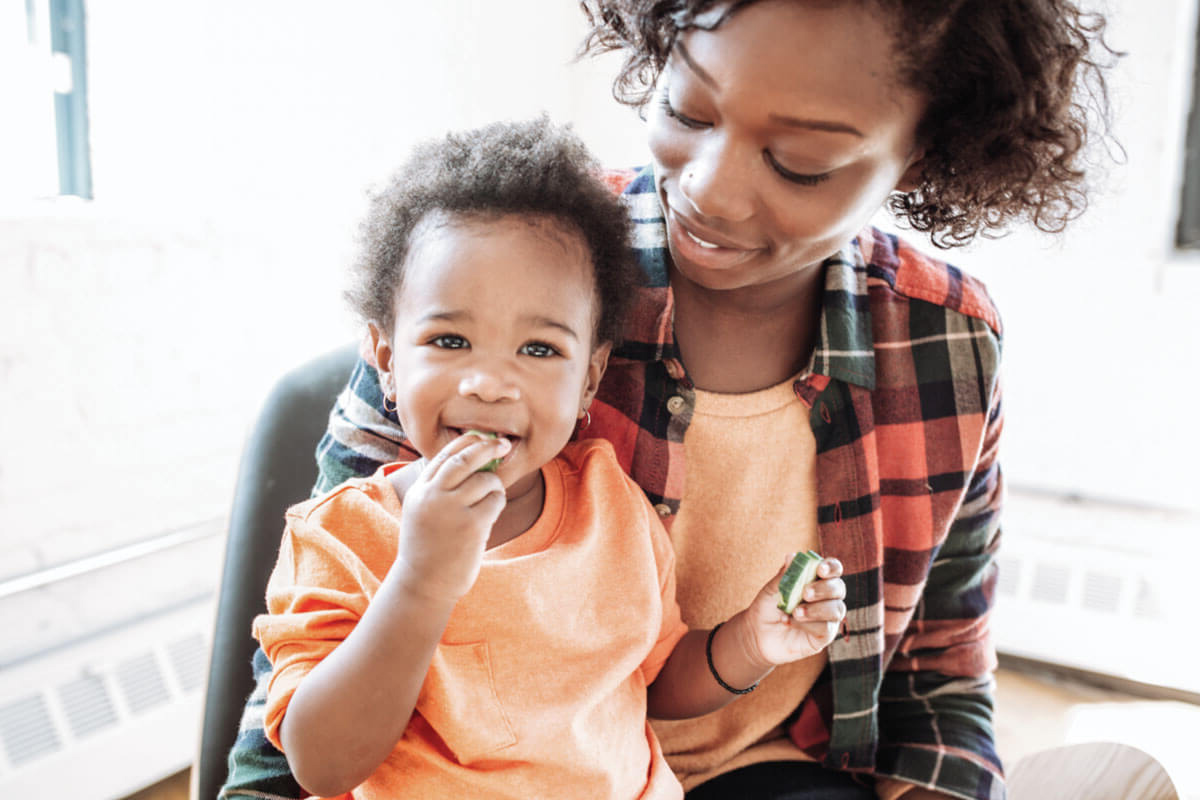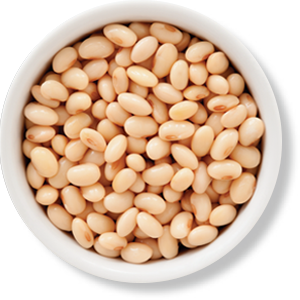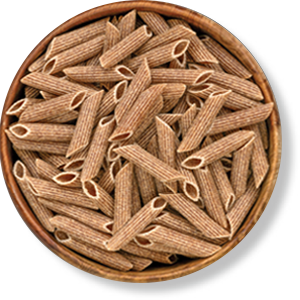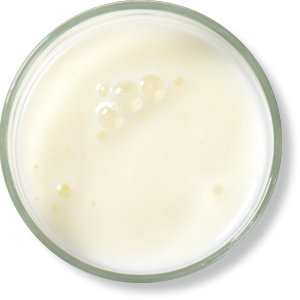Are you a vegetarian? Is your child?
- Home
- Ellyn Satter
- Prenatal / Postpartum
- Frequently Asked Questions
- Are you a vegetarian? Is your child?


Why are you a vegetarian?
Is it because you think it is healthier?
Is it because you don’t like beef or pork?
Do you still eat chicken or fish?
Both adults and children do well on a vegetarian diet that includes milk, cheese, and eggs. It is lots harder to do well on vegan diets, which cut out all animal products. If you follow a vegan diet, be sure to ask your health worker about taking a B12 supplement and giving one to your child.
Giving your child enough calories and iron is the hardest part. Use fat in cooking and include butter and salad dressing at meals. Include foods that give iron, like cooked dried beans, whole and enriched grains, and fruits and vegetables.


Have dried beans, peas or lentils, nuts, seeds, nut butters, and soy-based meat substitutes for the meat, fish, and poultry. These foods give iron, as well. Eggs are high in protein. So is cheese. If you have cereal and milk for breakfast, milk can be the protein. Mash beans for young children. Don’t give young children whole or chopped nuts or seeds. They could choke.

Have bread and another starchy food at every meal so your child can eat them if all else fails! Choose enriched or whole grain breads, rice, and noodles to give iron. Look for the words “whole wheat [or other whole grain] flour” when buying breads. Give children whole grain no more than half the time. Children don’t do well if they eat too much fiber. Have potatoes or corn. Potatoes and corn are not grains, but they are starchy and easy to learn to eat.

Canned, frozen, fresh, or juice are all okay. These give vitamins and minerals, including iron. Have orange juice or tomatoes with meals. Vitamin C helps use the iron in other food. Fruits and vegetables don’t give you protein. You need a protein source even if you eat a lot of vegetables.

Whole or 2% milk is important as a source of fat on meatless diets. Children especially need the fat in milk. Ask your nutritionist if your soy milk has as much protein, calcium, and vitamin D as milk. Soy formula is okay.

Put them on the table and let everyone eat as much or as little as they want. That way everyone gets the calories they need. Use fat in cooking.
© Ellyn Satter
HAND EXPRESSION
How it works
Use your hand to gently massage and compress your breast to remove milk.
What’s Involved
Average Cost
Free
Side-Lying Hold
This hold is useful when:
Cross-Cradle Hold
This hold is useful when:
Clutch or “Football” Hold
This hold is useful when:
Cradle Hold
This hold is useful when:
Laid-Back Hold
This hold is useful when: